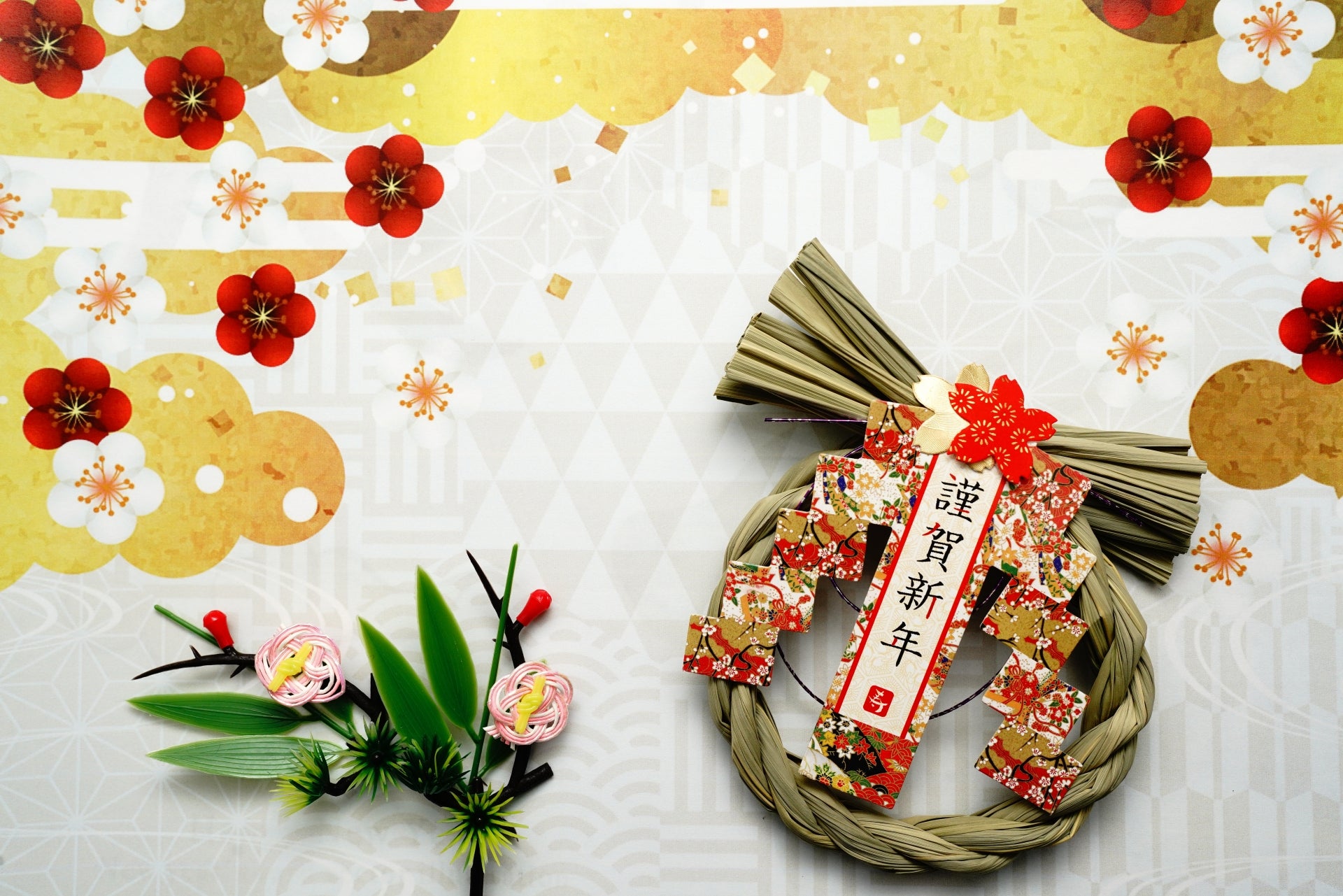Japan has numerous customs, but one often experiences a kind of 'frog in the well does not know the ocean' phenomenon. Despite the many beautiful gardens and temples in Kyoto, one may not easily notice their beauty.
Those who have visited Japan surely understand, but Japan is not just Tokyo or Osaka. Surrounded by the sea, with 75% of its land covered by mountains, Japan is a country blessed with a warm and humid climate. Its rich nature, from the sea, villages, and mountains, bestows upon us various blessings throughout the changing seasons.

Last year around the same time, I wrote about Japanese New Year traditions on this blog. This year, I would like to delve into one of the New Year customs, which is Ozoni(お雑煮). Ozoni is a special soup containing Mochi, rice cakes, and various other ingredients and essential dish during the New Year, and each region uses completely different ingredients. In the small island nation of Japan, it's both rare and wonderfully characteristic to have such a diverse range of cuisines. Therefore, I want to introduce and showcase this distinct Japanese culture.

In the past, when people ate Ozoni, they expressed gratitude for the successful harvest of the previous year's crops and prayed for a bountiful new year and the safety of their households. In this way, Ozoni became an indispensable dish during the New Year, deeply ingraining itself in the culture of Japan, a nation with an agricultural heritage.
The ingredients used in Ozoni(お雑煮) are said to be an offering to the Toshigami-sama, a deity believed to bring prosperity and happiness for the year. This tradition began with boiling the ingredients in "Wakamizu" (water drawn for the first time in the new year) and cooking them over the first fire kindled in the new year. It is said in the folklore that offerings to Toshigami-sama contain spiritual power. Therefore, consuming these offerings is believed to allow one to receive the power of Toshigami-sama.

In the Kanto region such as Tokyo, it is common to use "square-shaped" Mochi. During the Edo period when this tradition became popular among the common people, people moved to the Edo area. It seems that the adoption of Mochi which could be made in large quantities at once, began there. Soy sauce flavoring is predominant, and it is often cooked with chicken.

Next, let me introduce the characteristics of Kansai-style Ozoni(お雑煮). The commonly used Mochi (rice cake) in this region is the "marumochi" or round-shaped mochi. The round shape is believed to symbolize ”Perfection ” and "harmony." The predominant seasoning is white Miso, and it is said to have originated from Kyoto, the birthplace of white Miso. It is common to include taro roots (里芋) as one of the ingredients.

Generally, Ozoni is often consumed during the first three days of the New Year, from New Year's Day to January 3rd. It is considered auspicious to gradually increase the number of Mochi each day or to eat Ozoni after enjoying Osechi (traditional New Year's dishes).
The natural surroundings, unique dialect, long-celebrated festivals, and historical landmarks, along with special local activities, hold significance that goes way back. These aspects are not just valuable on their own, but they also strengthen the sense of pride and love for one's hometown. The flourishing of diverse cultural expressions in each region enriches the overall cultural tapestry of the entire country.
In wrapping up, a special thank you to our readers for taking the time to dive into our blog. Your time and attention are deeply appreciated as we navigate the colorful landscape of our cultural exploration together. By continuing our unique cultural perspectives, we contribute to the collective richness that makes our world truly extraordinary in 2024.

